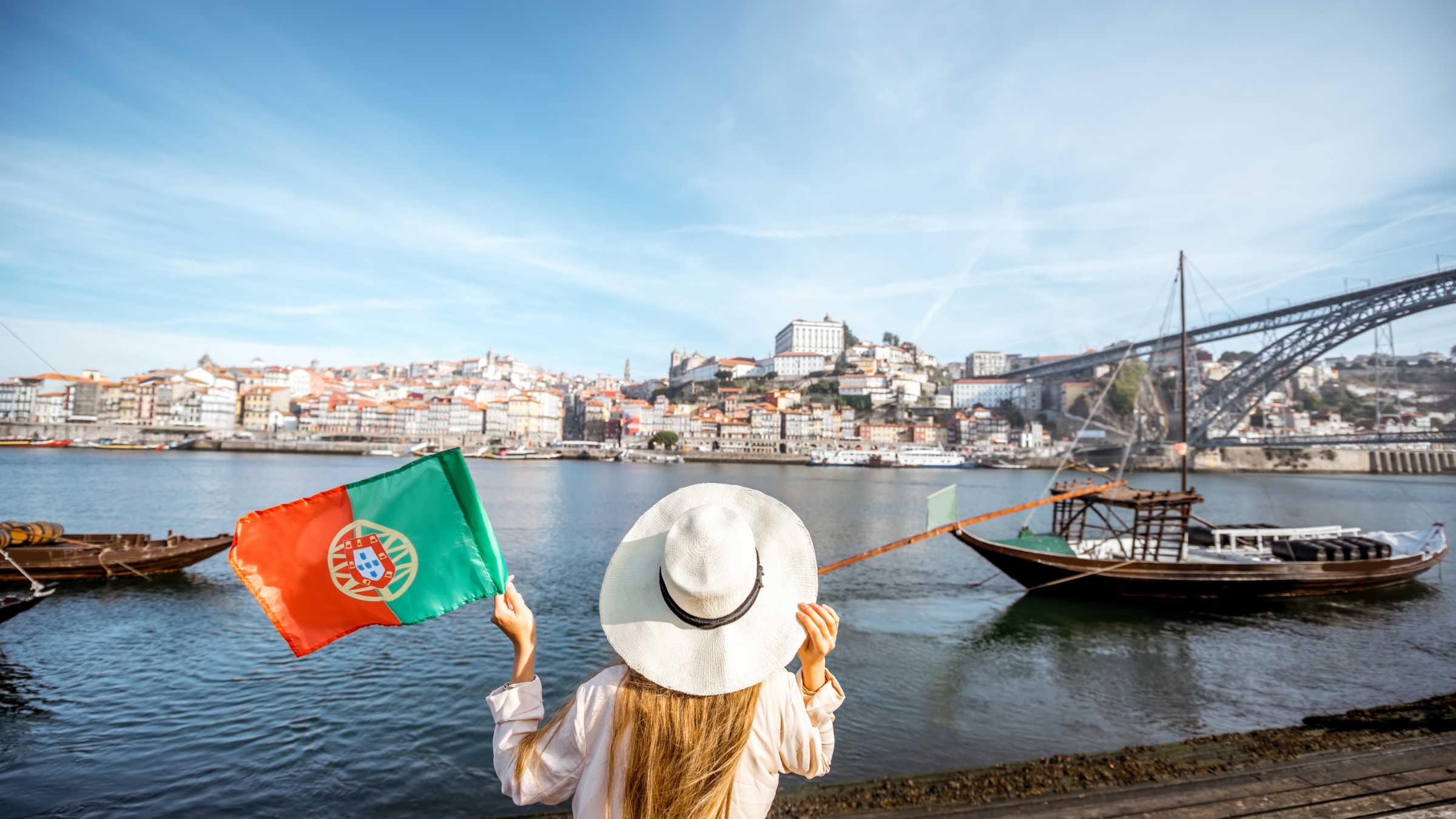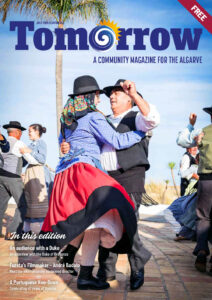WORDS James Plaskitt
The public holiday on October 5 commemorates the revolution of 1910 – which has become overshadowed by the more romantic Carnation Revolution of 1974. But it was arguably the more significant, because it gave birth to the Republic itself.
Portugal’s monarchy had been in place for centuries and had overseen the great era of naval expansion, exploration and colonisation, and with it, immense wealth. But monarchies were under question in the nineteenth century across Europe. Portugal’s Republican Party was founded in 1876 and remained a small force, only ever winning a handful of seats in Parliament. Governments remained under the control of royalist parties. But public support for the monarchy was waning. It was increasingly seen as outdated and extravagant and tied to an overbearing church and a succession of incompetent governments.
Britain had an indirect hand in undermining the monarchy. The colonialist Cecil Rhodes persuaded the British government to challenge Portugal over its colonies in central Africa. In 1890, it handed Lisbon an ultimatum ordering it to cede control of Angola and Mozambique. The Portuguese crown capitulated and was immediately blamed by the public for Portugal’s national humiliation.
The first attempted uprising against the monarchy came in the following year but was suppressed by loyal troops. A further attempt came in 1908 – the so-called Municipal Elevator revolt, named after the landmark construction in Lisbon where the rebels gathered to begin their assault. It too failed, as a spy in the group tipped off the authorities, and the rebels were all arrested.
The revolution effectively began in February 1908 when King Carlos, and his heir, Luis Filipe, were both assassinated in Lisbon on the way back from a hunting trip. The crown went to his younger son Manuel, who became King at the age of 18. He initially attempted to reconcile with the critical sentiment about the monarchy, but ultimately failed, and was let down by a succession of squabbling governments. Discontent with the monarchy only gathered momentum.
The Republican Party decided to abandon its parliamentary route to reform and resolved in 1908 to achieve its aims via armed struggle. At the same time, a secret organisation with revolutionary, republican and anti-clerical objectives, known as the Carbonaria, was gaining in strength and was estimated to have around 40,000 activists at the time of the revolution.
The build-up to the revolution started in the autumn and significantly included sections of the armed forces abandoning their loyalty to the crown and joining with the republicans. Although most troops remained loyal to the crown, there was, by October, a force of sufficient number ready to take direct action. Crucially, they were also backed by a naval rebellion.
The armed confrontation between the two sides began in Lisbon on October 3. The well organised rebels made an early impact. The government forces realised they needed reinforcements, but were unable to bring them into the city, as a result of Carbonaria activists having severed telephone lines and railways. The King was playing bridge in the palace when artillery, fired from naval vessels in the Tagus, bagan to strike his palace. He made a hasty escape, boarding a boat to Gibraltar.
By October 5 the atmosphere in the city was tense and it was unclear which way the struggle was going. But a German business delegation, who had arrived at this inopportune moment, helped move events along. Anxious to avoid being caught in crossfire, they moved across the main square behind a white flag. The observing residents of the area interpreted this as the government surrendering, and poured into the streets hailing the overthrow of the authorities. Not wanting to lose the moment, republican leaders hurried up onto the balcony of the town hall and declared a republic, to general rejoicing. Royalist troops surrendered.
Within months the provisional government had established the republic, suppressed the church, legalised extensive individual rights, and given Portugal a new flag and a new national anthem – the ones used to this day.
After the fall of the House of Braganca, King Manuel II went into exile in Fulwell Park, Twickenham, devoting himself to the study of Portuguese history and to playing tennis. After a vigorous game one afternoon, he was found dead the next morning aged just 42. A retired Scotland Yard detective published his memoirs years later, and implied that the ex-King’s untimely and unexplained death was as a result of the dark arts of the Carbonaria.













